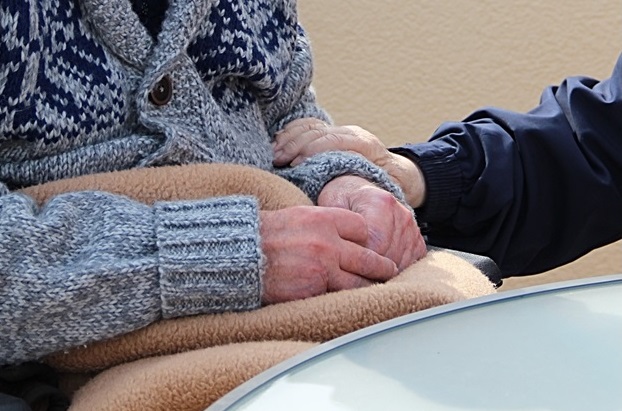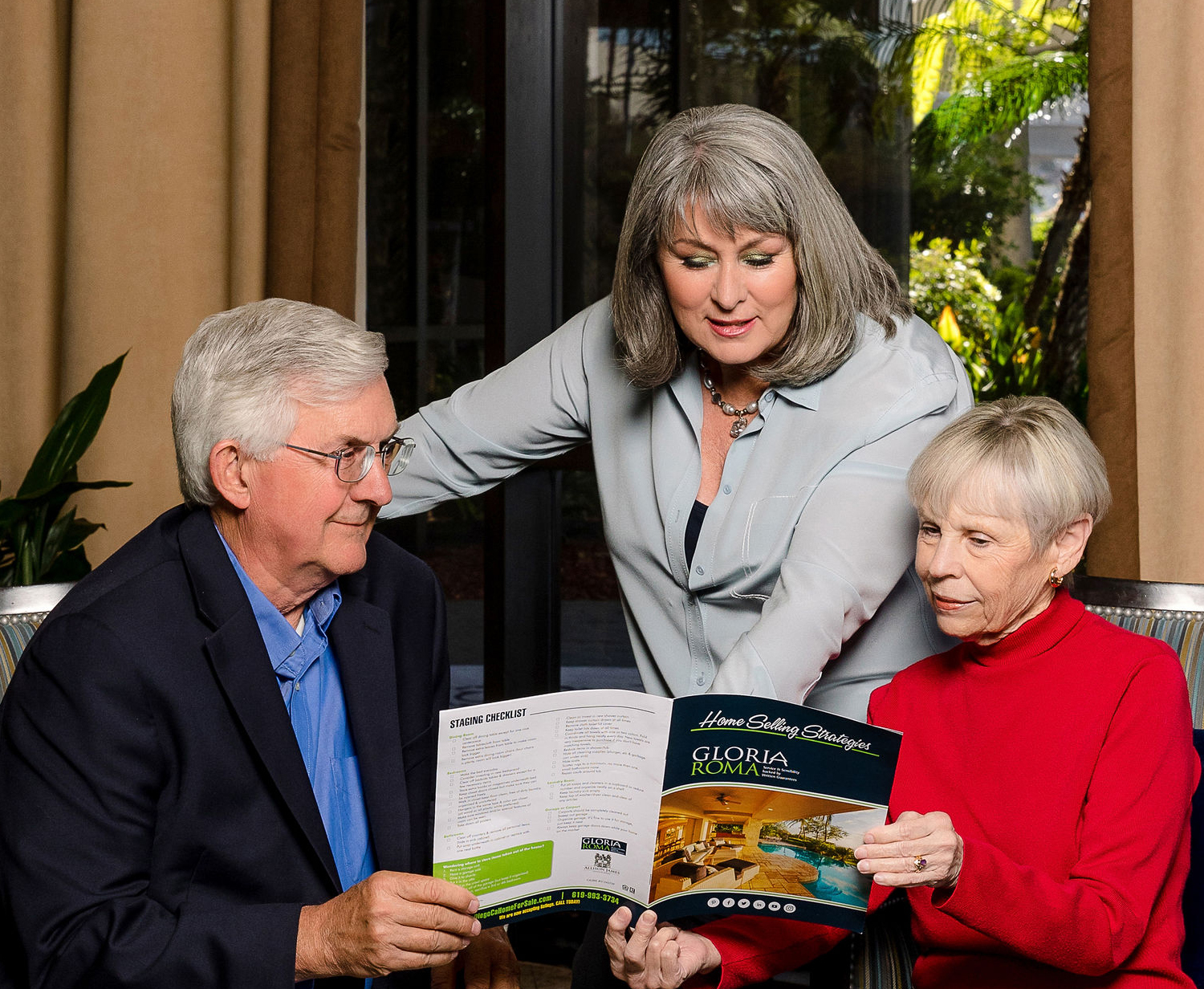Your Home Assisted Living
This is a concern for most seniors. How can you make sure the safest way to spend your golden years is also the most comfortable and most fulfilling? For those approaching retirement, there are plenty of options. For those managing an illness or a health concern, however, assisted living centers can be the best possible situation. But that requires some additional planning, especially when deciding what to do with the family home while your living or moving to assisted living.
Selling Your Home
Parting with your home can be difficult, especially if you have spent a lifetime there making memories. Yet, selling your home can also be a great way to stockpile cash for retirement. Especially if you need to pay for an apartment at an assisted living facility. Living independently is important for many seniors,. Assisted living centers provide that independence along with necessary daily assistance. When moving to assisted living, it’s important to plan for the expenses you will need to cover.
A Place For Mom explains that prices in San Diego vary, but on average it can cost around $3,500 a month for a one-bedroom unit; the national average is closer to $3,700. The profits you earn from a home sale could help you cover all or a portion of your rent at an assisted living facility, making this a potentially great option.
Renting Your Property
Renting your home is another option if you aren’t ready to deal with trying to sell your property. This enables you to use the rental income to cover costs associated with assisted living. It’s important to note that to make this work you’ll need a property manager and enough in savings to cover any emergency repairs that come up. If you don’t have enough set aside, it could make it hard to pay for assisted living. This is especially true for seniors on a fixed income. In many cases though, the profits from renting out your home can pay for your stay as well as help cover additional healthcare costs. For example, purchasing durable medical equipment or prescriptions. Before considering this option, look at your monthly budget and carefully compare it with potential rental income and home maintenance. You will also need to take this information into account if you’re a Medicaid recipient.
Leaving Your Home with a Family Member
Letting a close friend or family member take care of your home can be a great choice for people who quickly move into an assisted living center. This allows you to keep property in your family, hold on to an estate for an inheritance. You may buy yourself a little time before making a more permanent decision. Even in a hurried transition it’s important you do two things: have your family member sign a lease or other legal documents and tour several assisted living facilities to find the right fit. Choose one that addresses all your medical needs and health concerns. This will give you the quality of life you’d prefer. As you tour communities, you’ll want to ask questions like:
- What is the resident-to-staff ratio?
- Does the facility allow pets?
- What’s the cost difference between a private apartment and a shared one?
- What kind of social opportunities are available?
- What are the meals like?
- Do you have a family history of dementia, Alzheimer’s or other cognitive disorders?
There are many benefits associated with assisted living — from being able to participate in social activities to getting help with daily living activities. The costs are important to consider, and if you own property you might be able to use the income tied to it as a way to ease any financial burdens. Take the time to decide what’s best for you and your home, and get a plan in place as soon as you can. The sooner you prepare, the less likely you’ll have to maneuver around roadblocks and other obstacles as you make this significant transition.

